THE BERLENGAS ARCHIPELAGO
The Berlengas archipelago is a group of small islands located 5.7 miles off the coast of Peniche and comprises Berlenga, Estelas and Farilhões islands. Berlengas is the only inhabited island. In 2011 UNESCO classified the Berlengas as “World Biosphere Reserve”, which is indicative of the rich fauna and flora that can be found on the islands. Visitors can walk the trails; take a boat tour of the caves; visit Fort St. John the Baptist, the Duke of Bragança Lighthouse or the Visitor Centre. The island also features a campsite, beach area, a small supermarket and a restaurant. In the summertime, the warm weather, the beautiful scenery and clear water give you an unforgettable experience. The Berlenga Island can be visited all year. The regular passengers’ transport service is only available during the summer season (May 20 to September 15) but there are many maritime-tourist boats that carry out trips in every month of the year. The Berlenga Island is about 7 miles from the Peniche Port; it is 1500 meters long and 800 meters wide, with a perimeter of 4000 meters and reaches 88 meters at its highest point and –30 meters at its lowest. Longitude: W 09º 30º, Latitude: N 39º 24º
The Berlenga Island has a curious shape forming an eight. The “Carreiro dos Cações” and “Carreiro do Mosteiro” almost split the Berlenga Island into two parts, the Ilha Velha (Old Island) and Berlenga. There is one trail in each side of the Island. It is forbidden to walk outside these marked trails in order to protect the native fragile vegetation.
BIRDWATCHING
The Berlengas is home to the only pelagic seabird colonies in Portugal mainland. There are six species of seabirds breeding in the Berlengas: Cory’s shearwater, Band-rumped Storm-petrel, European Shag, Yellow-legged Gull, Lesser Black-backed Gull and Common Murre. The Berlenga Islands can be an interesting place to visit during the post-nuptial migration (from September to November), as some migratory birds seek refuge on the island and can be easily detected as there is no trees or dense vegetation. The lighthouse plateau, the cliffs protected from prevailing winds and the Fig Tree located in the beach are some of the best places to search for migrants. During this time of the year, Berlengas is like a surprise box where almost any long migrant can be found. Rarities such as the Pacific Golden Plover, Richard’s Pipit, Yellow-browed warbler or Lapland longspur have already been found there. Black redstarts, Peregrine falcons and Kestrels are resident species in the Berlenga Island. To read more about the birdlife follow this link. https://www.berlengas.eu/en/especie/corys-shearwater/especie-alvo
CAVES
As a result of its complex geology, Berlengas has a number of bays, caves, islets and small rocks. The natural beauty of Berlengas is worthily to visit from the sea as there are many beautiful and scenic geological formations all around the island, like Furado Grande Cave, Cova do Sono Bay, the Elephant trunk Arch, the Quebrada valley, the Cações Path or the Damn Cliff.
DOLPHIN WATCHING
Watching cetaceans in the wild is a relatively rare privilege. There are several species of cetaceans occurring in the waters of Berlengas Special Protection Area (SPA), as the Bottlenose dolphin or the Pilot whale, however, Common dolphin is the most common species. In Peniche there are several tour operators that offer dolphin watching trips. We also had dolphins dancing around the bow on our sail to the Island.
DIVING AND SNORKELING
Recreational scuba diving is the most popular activity for the tourists visiting the Berlengas. With a unique marine ecosystem, probably the richest of Portuguese waters, the Berlengas sea allows fantastic dives full of underwater life. Here you can see large shoals of multiple seabream species, conger and mackerels, walls covered with gorgonians and impressive Ocean sunfishes or Dusky grouper. There are several diving spots in the archipelago, from Berlenga Island to Estelas Islets and Farilhões, some of which have old wrecks vibrant of marine life. There are several diving schools offering diving trips to the Berlengas. For non-divers, snorkelling allows admiring a little of the underwater life of Berlengas. From the beach of the Monastery path, you can see a number of fish species such as seabreams and Grey triggerfish.
KAYAK AND STAND-UP PADDLE
For the more adventurous, kayak and stand-up paddle are rewarding ways to visit the waters around Berlenga Island and observe the natural beauty of its cliffs, rocks and caves. These sports are offered by several tour operators from Peniche and require authorization by the Berlengas Nature Reserve. During the summer season, you can also rent a kayak on the Island.














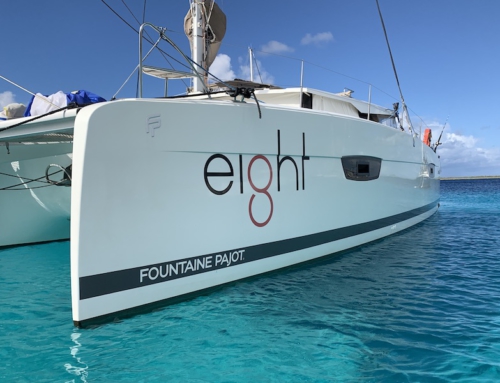
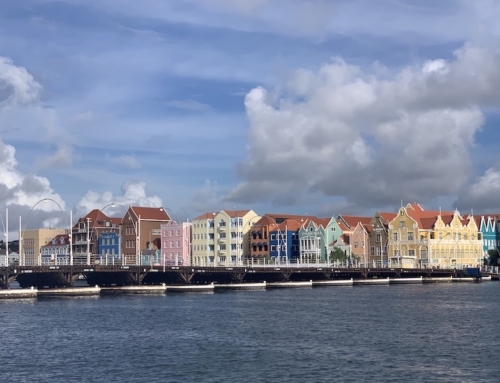
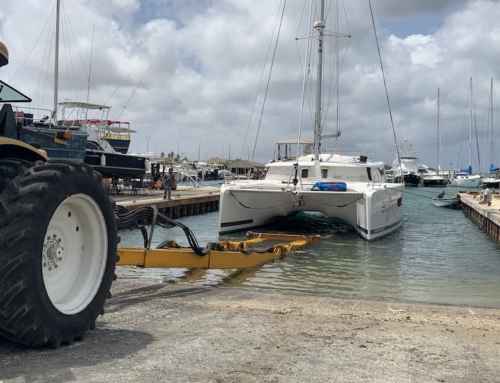
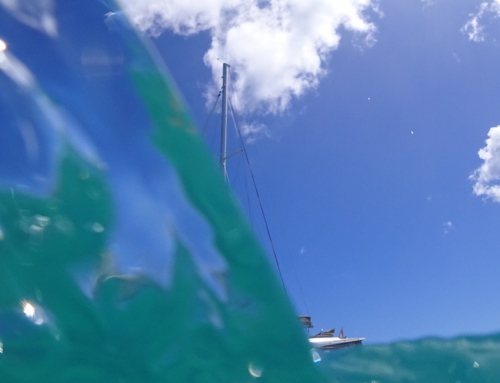
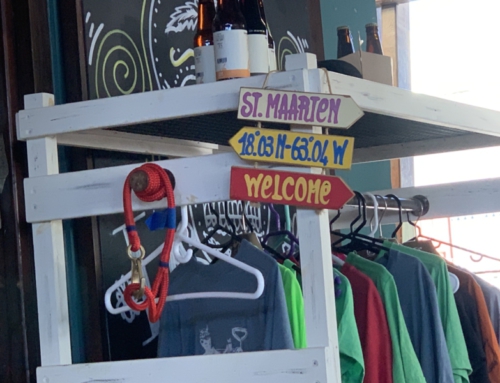
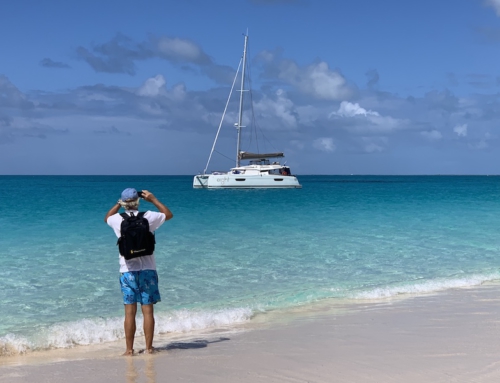
Hi! I’ve been following your web site for a long time now and finally got the courage to go ahead and give you a
shout out from Huffman Tx! Just wanted to tell you keep up the good work!
Hello Huffman! Thank you very much for your reply! It is so nice to hear you enjoy the work I am producing! Sometimes it is difficult to find good internet so I am behind a bit, to be honest! I am trying to keep up the route map so I know where we have been myself! Thank you again for following! Friendly regards, Luuke and Robbert